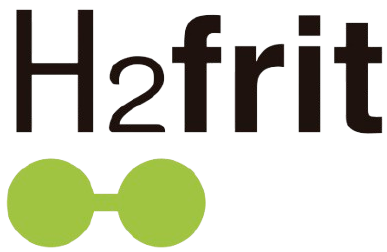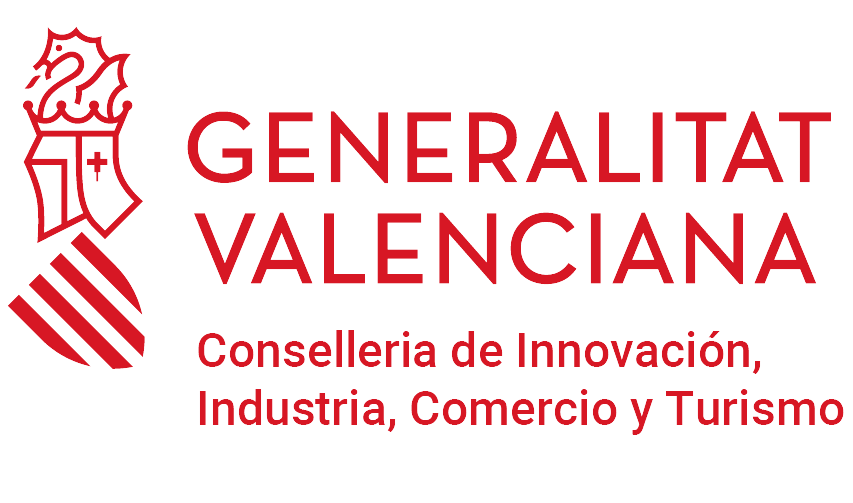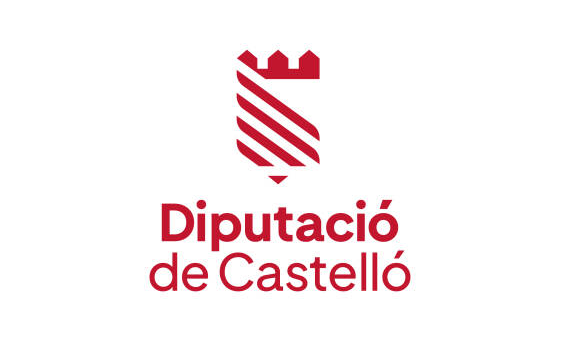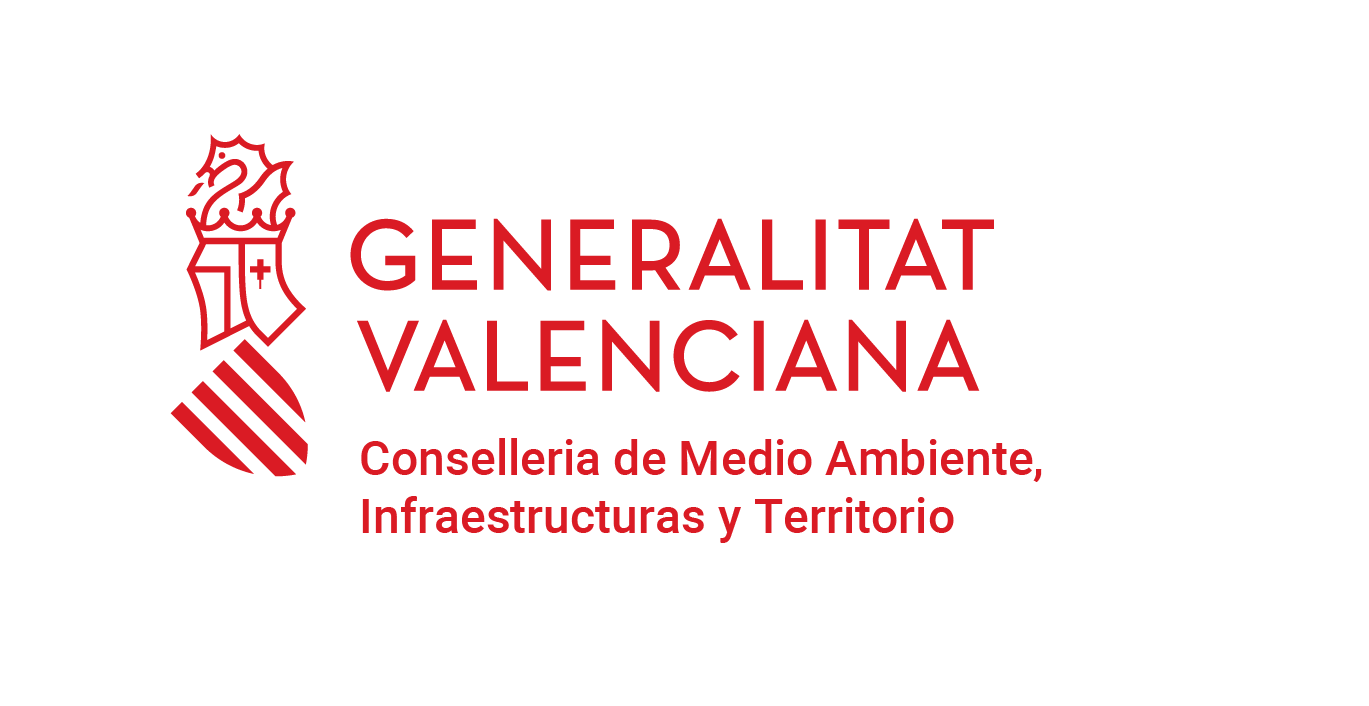STRATG 2023/7

H2frit - Decarbonisation of the ceramic frit sector through the use of hydrogen in the melting process for ceramic frit manufacturing.
Description
In its commitment to decarbonisation, the sector has been making great strides for decades, reducing its CO2 emissions by more than 40% since 2005. The development of new technologies requires industrial research pilot projects to adapt production processes to the use of renewable gases. The H2frit project proposes a change in the melting technology by replacing natural gas with hydrogen for melting down frits.
H2frit is led by ANFFECC, which will promote the transfer of technological knowledge to all industries in the sector, as well as related sectors, resulting in a drastic reduction in GHG emissions in the industrial sector, thereby facilitating compliance with European Union targets.
To carry out this ambitious project, ANFFECC is relying on the services of the Instituto de Tecnología Cerámica (ITC), BP, Esmalglass, and Carburos Metálicos (Air Products).
Objectives
The overall objective of the project is to study the technical feasibility of replacing natural gas with hydrogen as a fuel when melting down ceramic frits in an oxy-combustion frit furnace. The specific objectives are to analyse the influence of hydrogen on process variables and on the quality of the final product.
Results
The expected results of the project are:
- H2 location (supply and control).
- Industrial pilot for manufacturing frits with H2.
- Frits obtained at different volumetric percentages of hydrogen (0%, 20%, 50%, 75%, and 200%).
- Analysis of the influence of H2 in the atmosphere of the melting furnace.
- Technical and economic feasibility study of the implementation of H2 as an alternative fuel in the sector.
- Technology transfer to the sector.
Implementation period
2023 - 2025
Funding entities

File
STRATG/2023/7
INENTI 2024/31
DIGIFFECC – Digitisation and Exploitation of the Environmental and Life Cycle Process Information in the Frits, Glazes, and Ceramic Colours Sector
Description
This project highlights the environmental and process data collected for the preparation of the LCA of the sector’s products through the use of a digital platform (intranet). Developed within the project, this platform facilitates access to valuable environmental information for helping to understand individual environmental performance and, in turn, to provide decision-making tools in the field of sustainability.
Along with the use of this information, the Environmental Product Declarations and Carbon Footprints have been verified and registered in order to back up the information included in them through a third-party verification process.
The project, led by ANFFECC, has the collaboration of ITC-AICE, which has extensive experience in the field of sustainability, and CSnet Comunicación + Internet as an internet service provider.
Objectives
The main objectives of this project include the continuous improvement of key environmental aspects for the industry, as well as the dissemination, diffusion, and communication of the activities led by ANFFECC, mainly through the development of the digital platform and the training and dissemination activities included in the project.
Results
The expected results of the project are::
- Registration and verification of the EPDs (DAP in Spanish) and CFs of frits, grit, glazels, inorganic pigments, and digital inkjet inks.
- Analysis of Best Available Techniques.
- Digital platform (intranet) for sectoral environmental and energy information on product life cycles.
- ANFFECC website map as a communication tool.
Implementation period
2024
Funding entities

File
INENTI/2024/31
DIPUTACIÓ DE CASTELLÓ 1906/2024
Project to study the viability of hydrogen (in the future, green hydrogen) as fuel in a frit furnace.
Description
The project to study the viability of hydrogen (in the future, green hydrogen) as fuel in a frit furnace proposes the analysis of the use of hydrogen in a pilot project furnace for a selected type of frits. It also covers the training required for the use and handling of hydrogen in pilot tests.
Objectives
The main objective is the decarbonisation of the sector, where hydrogen can be an energy vector for frit production. It is, therefore, also necessary to provide adequate training to staff to ensure that safety is guaranteed at all times in the adaptation of the process to the new fuel and new technologies.
Results
The results of the study are as follows:
- Technical feasibility study of the use of H2 as a fuel in the selected type of frit.
- Appropriate training for personnel on the safe use of H2.
- Technology transfer to the sector.
Implementation period
2024
Funding entities

File
1906/2024
INENTI 2022/32 – 2023/38
Study for the life cycle analysis, carbon footprint, environmental product declaration, and development of the DAPFEC tool at the sectoral level
Description
The main motivation behind this project is to obtain objective, quantified, and scientifically valid environmental information at the sectoral level on the environmental aspects and impacts of the products manufactured and marketed by companies associated with ANFFECC.
To this end, Life Cycle Analysis (LCA), Environmental Product Declarations (EPD), and Product Carbon Footprints (PCF) studies have been carried out at a sectoral level, and a specific IT tool for the sector, DAPFEC, has been developed to analyse decisions in the field of sustainability.
The project is led by ANFFECC and has the collaboration of ITC-AICE.
Objectives
The objectives of the project are:
- Life Cycle Analysis of frits, grits, glazes, inorganic pigments, and digital inkjet inks.
- Development of sectoral EPDs.
- Development of sectoral PCFs.
- Development of the DAPFEC tool.
Results
The expected results of the project are:
- Sectoral LCA study.
- Sectoral EPDs.
- Sectoral PCFs.
- Sector-specific DAPFEC tool.
Implementation period
2022 - 2023
Funding entities

File
INENTI 2022/32
INENTI 2023/28
MIRAT
Standard Environmental Risk Report Model for the sector (MIRAT, for the Spanish acronym) for the frit, glaze, and ceramic colour manufacturing sector
Description
The Environmental Liability Act aims to prevent damage to the environment and to repair such damage in the event of an accident.
In view of this, it was considered appropriate to carry out a sectoral analysis (Standard Environmental Risk Report Models – MIRAT, Methodological Guide, or Scale Table) for the frit, glaze, and ceramic colour manufacturing sector, given that it is sufficiently homogeneous.
The project, led by ANFFECC, consisted of carrying out the MIRAT for the sector with the collaboration of Riskia – Centro Técnico de Gestión de Riesgos, S.A.
Objectives
The aim of the project is to conduct a sectoral analysis of environmental risks for manufacturers of frits, glazes, and ceramic colours, with the aim of helping companies in the sector carry out individual environmental risk analyses. Once the sectoral study has been validated, each operator will be responsible for adapting it to their own facilities.
Results
The results of the project are as follows:
- Sectoral environmental risk analysis report (Sectors with favourable sectoral risk analysis reports: www.miteco.gob.es)
Implementation period
2009 - 2011
2016 (update)
